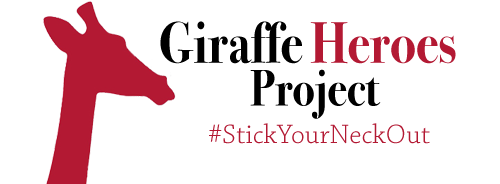History of the Giraffe Heroes Project

The nonprofit Giraffe Heroes Project was born in the head and heart of Ann Medlock, a freelance editor, publicist and writer living in Manhattan. Ann started the Project in 1981 as an antidote to the mind-numbing violence and trivia that pervaded the media, eroding civic energy and hope. People needed to know about the heroes of our times and all that they were accomplishing as courageous, compassionate citizens.
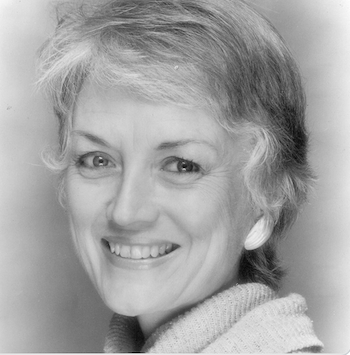
Ann’s strategy for the Giraffe Heroes Project was simple—she would find unknown heroes, commend them as Giraffes for sticking their necks out, and get their stories told on radio and television and in print. Giraffe stories would show the public that there was headway being made on the problems of the world, that there were individuals who had solutions—and the courage to move into action. The stories would feed people’s souls, inform their attitudes—and get them moving on public problems that mattered to them.
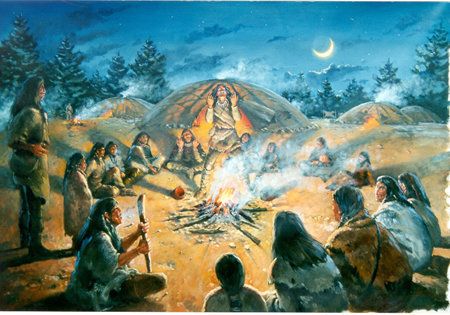
The idea of telling heroes’ stories to inspire others to action has deep roots. People had been telling the stories of heroes for thousands of years as a way to communicate core values. Ann Medlock invented the Giraffe Project to do the same thing for our times. She knew that stories go straight to the heart and stay there, bypassing the objections that the mind can throw up to keep out theories, rules and admonitions. Ann also knew that the giraffe metaphor and imagery were great ways to get people’s attention, to engage their interest and, once engaged, to get past both their fears and their anti-message radar.
In those days of getting the Project started, friends and family were asking Ann why she was putting so much into something that could well be a lost cause. Flying off to Paris to write a speech for the Aga Khan hadn’t been a bad way to make a living. Why was she going on and on with this Giraffe thing? She wasn’t sure herself.
She got the answer on a trip west, at a seminar Joseph Campbell was giving at Esalen. Ann had attended Campbell’s classes whenever he taught in New York City; she couldn’t pass up this chance to hear Campbell talk for a full weekend on the story of Parsifal.
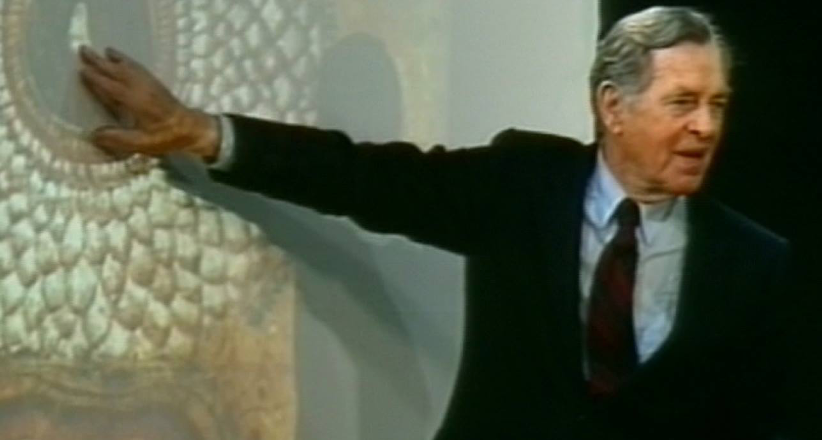
Campbell showed Parsifal as a recurring theme in mythology, the story of the Holy Fool. This Fool is always considered a dummy by the smart, hip people who really know the score. In Parsifal’s case, there’s a mysterious blight on the land, nothing will grow and no one knows how to break the spell. Parsifal, the Holy Fool, sets out to find the cause, right the wrong, and save the people. He’s told he can’t do it, that he’s too dumb, too weak, too everything. But he goes ahead anyway, breaking the curse on the land and bringing life back to the people.
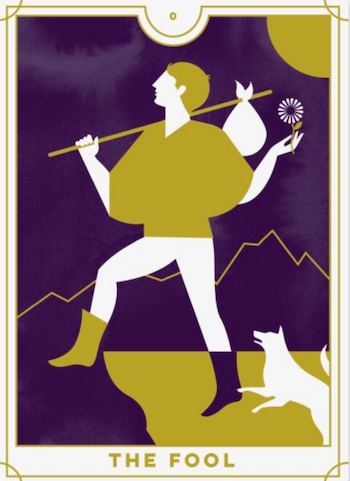
The Holy Fool is the most dangerous person on earth, Campbell explained, the most threatening to all hierarchical institutions, because he ignores their power. He has no concern for naysayers. He’s unfazed by risk. He’s not limited by his limitations, not listening to reason, not stoppable, not controllable. He knows what he has to do and he’s doing it, no matter what.
Driving up the California coast after the seminar, Ann had what later seemed to her an obvious revelation—the reason she had been so obsessed with finding Giraffes and telling their stories was that these were our time’s Holy Fools; she had locked into an archetype that had her in thrall, one that was desperately needed in the spiritual blight of the 1980’s. No matter what it took, she would go on.
Back in New York, she had lunch with Campbell and told him what she was doing, what his seminar had made clear to her, how grateful she was that he’d shown her the reason for her obsession. She was amazed to see his eyes well up, and delighted to have his endorsement of her quest.
At its beginnings in 1981, the Giraffe Project had been just Ann, running around New York City interviewing the people whose stories she wanted to tell. The first Giraffes were people like Gene Gitelson, a Vietnam vet who’d left the security of his banking career to help down-and-out vets, and Elsa Hart, a gems expert who’d faced down crooked middlemen to get an Apache tribe in Arizona a fair deal for the gemstones from their mine.
After she recorded an interview, Ann would write a radio public service announcement around it, then convince an actor such as Candice Bergen, John Denver or Sam Waterston, to record it. She sent the records to hundreds of radio stations–who began playing them. Just as Ann had hoped, the stories of Giraffes were so compelling they were soon picked up by print media and television, both local and national. In effect, she was a press agent for America’s heroes.
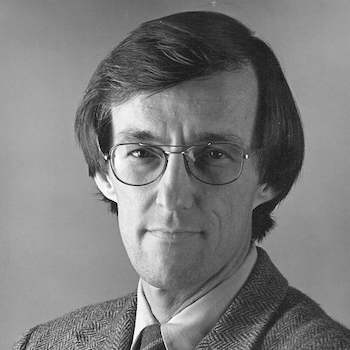
John Graham joined Ann on the quest—but it took him awhile. A U.S. Foreign Service Officer for fifteen years, he’d been in the middle of wars, revolutions and arms sales. A three-year stint working at the U.S. Mission to the UN gave him the chance to focus his skills and energy on ending apartheid and other human rights abuses, and on stopping wars instead of starting them. In September 1980, he decided he could do more for peace by quitting the Foreign Service and training the opponents of government policies—people who wanted America to cut nuclear arms, do more to end apartheid, or combat poverty at home and abroad.
John had met Ann just as she was developing the Giraffe idea. At first, he admits, he thought what she wanted to do was lightweight; he couldn’t see how just telling stories would change anything, especially if the symbol for it all was a giraffe.
Still, as friends, Ann and John understood that her Giraffe Project and his trainings were aimed at compatible goals by different paths. By the middle of 1981, however, they’d fallen in love, and whatever skepticism John had felt about Ann’s path needed another look. He began to feel the archetypal power of the stories she was telling and to see her genius in using the giraffe metaphor to get them into people’s heads and hearts. He could see that people were listening to Giraffe stories, and that the Giraffe Project was already changing lives. It was anything but lightweight. The two paths began to merge. By 1983 Ann’s media work and John’s trainings were all under the Giraffe banner, and the two of them were working on the Project seven days a week.
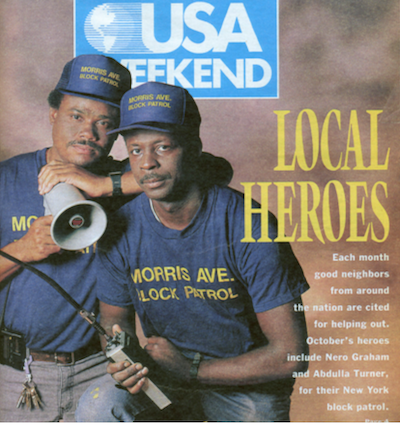
The Project was soon telling Giraffe stories, not just on radio, but on television and in magazines and newspapers. It began publishing Giraffe News, and Giraffes were being featured in major media such as Time, Parade, USA Weekend, Readers’ Digest, People, The New York Times, Glamour, CBS, PBS, CNN, ABC and the Voice of America. The exposure attracted resources of many kinds to the Giraffes, and their stories inspired others to action, from setting up a soup kitchen in Tucson to saving a wetland on Long Island.
In 1991, the Giraffe Project moved into schools with the first editions of the Giraffe Heroes Program, a character education and service-learning curriculum that teaches courageous compassion and active citizenship to kids in grades K through 12. That same year, Ann Medlock launched her award-winning radio broadcasts on public radio. In 1995, the Project launched its web site, one of the first in the nonprofit world.
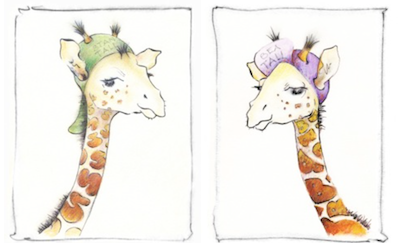
In ’98, Ann created Stan Tall & Bea Tall, cartoon giraffes who tell heroes’ stories to the very young. John wrote an active-citizenship handbook for teens and then one for people of all ages. Thanks to grants from several foundations, many of these materials are now online, as free downloads.
Now called the Giraffe Heroes Project, the team has commended over a thousand Giraffes and all are available to the world in a free online database. Over a quarter million kids have done the Giraffe Heroes Program at school. Giraffe speeches, trainings, books, OpEds, the website, and an ever expanding social media presence have brought the message of courageous service to people all over the world.
Almost four decades of experience have proved Ann Medlock right; the Giraffe message can and does move people to take the brave and compassionate actions that are the mainstays of free and healthy societies.
